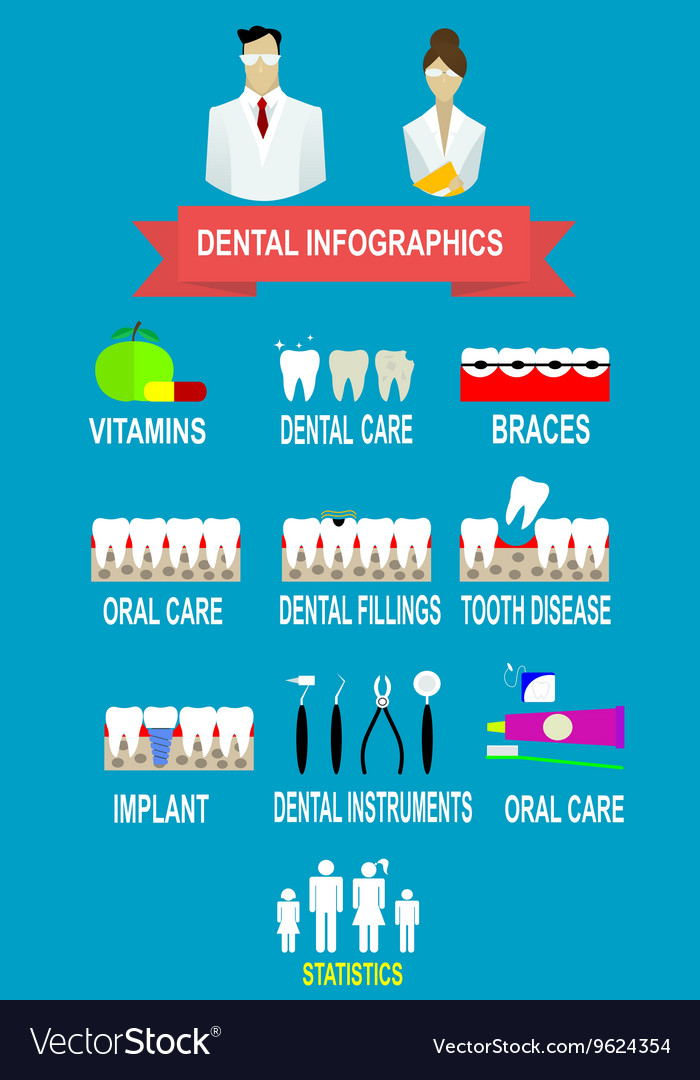The Future Of Oral Surgery: Advancements And Advancements Forming The Area
The Future Of Oral Surgery: Advancements And Advancements Forming The Area
Blog Article
Web Content Author-Foldager Browne
Welcome to the world of oral surgery, where technologies and developments are forming the future of the field! In this amazing world, you'll witness the transformative power of robotics, the cutting-edge wonder of 3D printing, and the game-changing influence of minimally intrusive strategies.
The future of oral surgery holds a pledge of accuracy, performance, and boosted patient results. With the help of innovative robotics, doctors have the ability to execute complicated treatments with greater accuracy and control.
3D printing technology is revolutionizing the creation of oral implants and prosthetics, providing tailored services that fit seamlessly into each client's special composition.
In addition, minimally intrusive methods are decreasing post-operative discomfort and recuperation time, allowing individuals to go back to their every day lives faster.
Prepare to discover the exciting advancements and developments that are reshaping the landscape of dental surgery!
Developments in Robotics
One major innovation in dental surgery is making use of robotic modern technology, which allows for accurate and efficient operations. With the help of robotic systems, dental surgeons have the ability to perform intricate surgical procedures with improved precision, minimizing the threat of human error.
These robot systems are geared up with sophisticated imaging innovation and accurate instruments that make it possible for doctors to browse via detailed physiological frameworks easily. By using robotic technology, cosmetic surgeons can accomplish greater surgical precision, causing boosted patient outcomes and faster healing times.
In addition, making use of robotics in oral surgery allows for minimally intrusive procedures, reducing the injury to bordering cells and promoting faster recovery.
3D Printing in Dental Surgery
To improve the field of oral surgery, you can check out the subtopic of 3D printing in dental surgery. This ingenious modern technology has the possible to transform the means oral doctors run and treat individuals. Below are four key methods which 3D printing is forming the field:
- ** Custom-made Surgical Guides **: 3D printing allows for the production of extremely exact and patient-specific medical guides, boosting the precision and performance of procedures.
- ** Implant Prosthetics **: With 3D printing, oral surgeons can create tailored implant prosthetics that flawlessly fit a person's one-of-a-kind makeup, leading to much better outcomes and individual satisfaction.
- ** Bone Grafting **: 3D printing makes it possible for the manufacturing of patient-specific bone grafts, decreasing the need for traditional implanting strategies and boosting healing and healing time.
- ** Education and learning and Educating **: 3D printing can be made use of to develop realistic medical versions for educational functions, allowing oral specialists to practice complicated procedures before executing them on clients.
With its possible to improve precision, modification, and training, 3D printing is an exciting advancement in the field of oral surgery.
Minimally Invasive Techniques
To better progress the area of dental surgery, accept the possibility of minimally intrusive methods that can considerably profit both cosmetic surgeons and individuals alike.
Minimally intrusive techniques are changing the area by decreasing surgical trauma, reducing post-operative pain, and increasing the recuperation procedure. These methods entail using smaller incisions and specialized instruments to do procedures with precision and performance.
By utilizing advanced https://www.businesswire.com/news/home/20221026005471/en/Align-Technology-Announces-Third-Quarter-2022-Financial-Results , such as cone light beam calculated tomography (CBCT), surgeons can properly plan and perform surgical treatments with marginal invasiveness.
In addition, the use of lasers in dental surgery allows for exact tissue cutting and coagulation, leading to minimized blood loss and minimized recovery time.
With minimally austin hills dental , people can experience much faster healing, decreased scarring, and improved outcomes, making it an essential aspect of the future of oral surgery.
Verdict
So, as you can see, the future of dental surgery is exceptionally appealing, with exciting technologies and developments forming the area.
From the advancements in robotics to using 3D printing and minimally intrusive methods, oral specialists are revolutionizing the method they give treatment.
While some may stress over the prospective expense associated with these innovations, it is very important to remember that these technologies inevitably boost client outcomes and minimize healing time, making them well worth the financial investment in the future.
